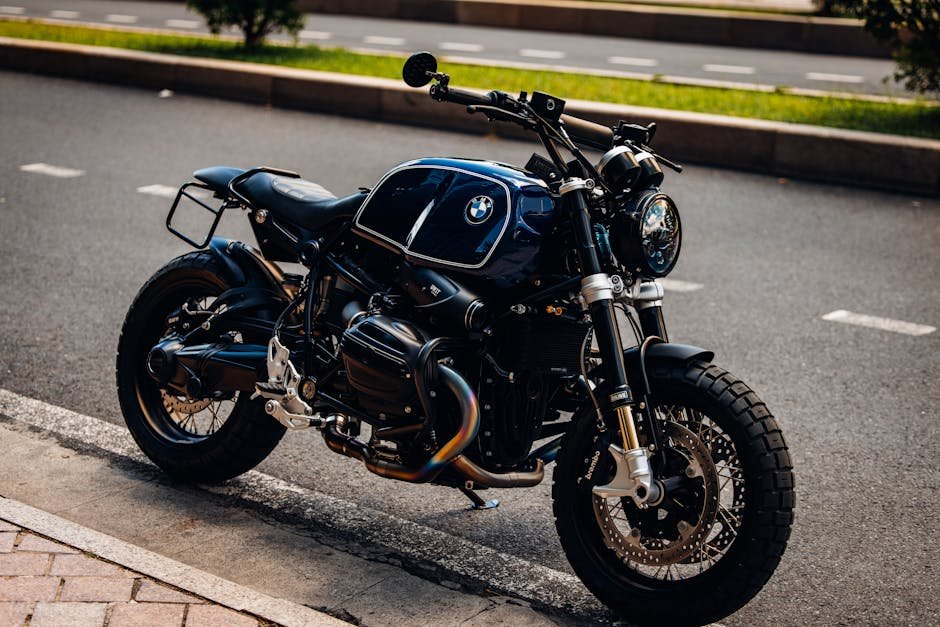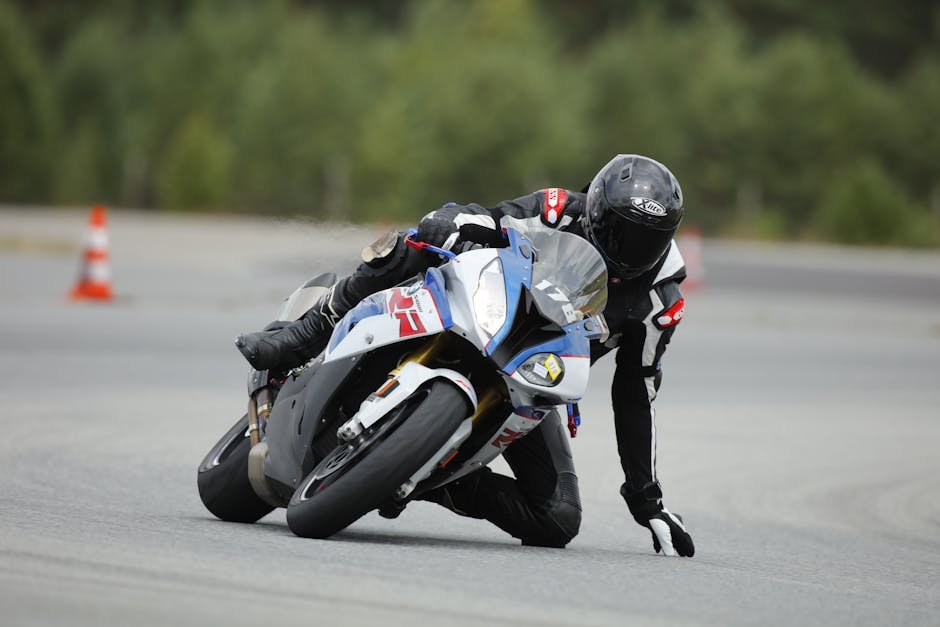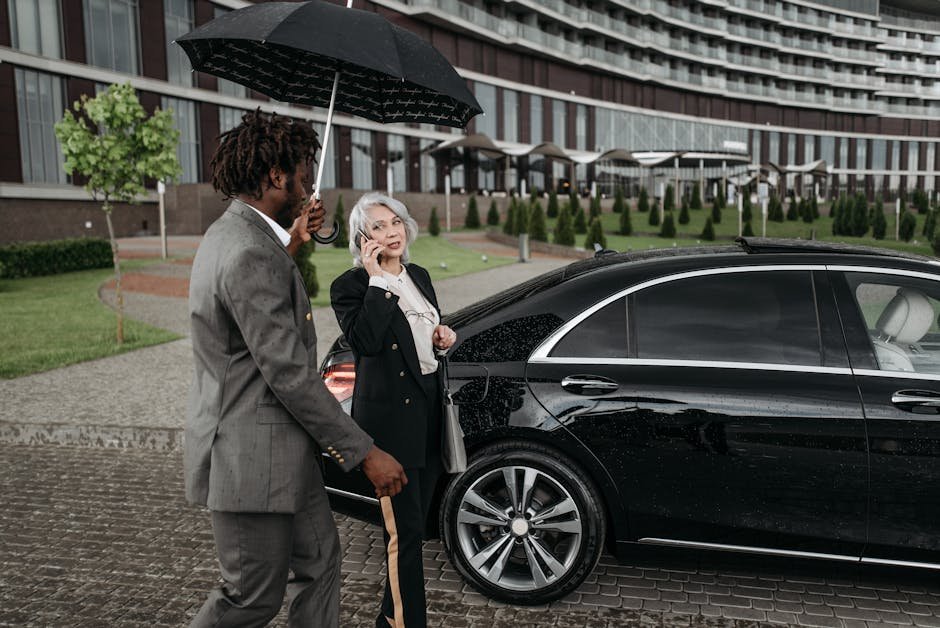Table of Contents
When Harley launched the V-Rod in 2001, it marked a new era. The V-Rod stood alone—nothing like it in Harley’s lineup of air-cooled, low-revving V-twins and classic cruiser styling. As Japanese brands dominated with fast, modern machines, Harley set out to prove it could play in that world, too.
Enter VRSC—“V-Twin Racing Street Custom”—a drag-inspired streetbike that fused Harley’s VR1000 superbike DNA with bold, futuristic design.
The Core: A Porsche-Engineered Transformation
The star of the show was the Revolution V-twin, co-developed with Porsche: a 60-degree, liquid-cooled, DOHC engine making ~115–120 hp and happily revving to ~9,000 rpm. It became Harley’s first water-cooled streetbike, changing the sound and character—less “potato-potato,” more high-rev zing—surprising traditionalists but delivering speed and reliability.
Design broke rules, too: a hydroformed frame for sleek lines, the fuel tank relocated under the seat (the “tank” was the airbox cover), long rake, wide rear tire, and minimal chrome for a purposeful drag-bike vibe.
Who Loved the V-Rod—and Who Didn’t
From day one, the V-Rod split opinion. Hardcore Harley riders found it “un-Harley”—different sound/feel, forward controls and low bars that felt odd for cruising, and a platform not aimed at touring (no big screen or bags).
Yet it won new fans: riders who had never considered a Harley before—streetfighter and metric converts—were drawn to the modern look and rev-happy power. In several markets the V-Rod became a top seller and built a loyal online community celebrating American muscle with Porsche precision.
Why Harley Discontinued It
Emissions & Regulations
By 2017, Euro 4 and tighter EPA rules meant the Revolution engine needed major updates. For a niche line—especially one selling strongly overseas—re-engineering costs were steep. Harley ended production rather than redesign the motor.
Declining Sales
Despite a cult following, the V-Rod never matched Softail and Touring volumes. As preferences shifted and the lineup streamlined, trimming lower-demand models made business sense.
Brand Identity
The V-Rod challenged Harley’s image. As Harley doubled down on Milwaukee-Eight Softails and a back-to-roots feel, the V-Rod no longer fit the brand’s core narrative.
What Followed
- FXDR 114 (2019–2021): A drag-style, air-cooled big twin many saw as a spiritual successor—also discontinued by 2021.
- Revolution Max era: Harley’s new liquid-cooled V-twin powers the Pan America and Sportster S—the latter echoing the V-Rod’s low, aggressive stance and performance-first attitude.
V-Rod’s Memory
You won’t see new V-Rods in showrooms, but you’ll still spot them at bike nights—reminders of when Harley partnered with Porsche and built a street missile. Many owners see it as a future classic, a rare chapter proving Harley could be more than chrome and nostalgia.
So if a V-Rod rumbles past, give a nod. It didn’t break the Harley mold so much as bend it toward the future—earning its place in the brand’s story.
Frequently Asked Questions
What’s the closest modern Harley alternative?
For liquid-cooled, high-performance vibes: the Sportster S with the Revolution Max engine. For drag-style attitude in an air-cooled package, look for used FXDR 114 (2019–2021).
Which V-Rod variant should I look for—Night Rod Special or V-Rod Muscle?
The Night Rod Special (VRSCDX) is known for its blacked-out look, mid/forward controls (varies by market), and drag-style stance; the V-Rod Muscle (VRSCF) has beefier bodywork, distinctive exhaust routing, and a slightly different ergonomics feel. Both share the Revolution engine—choose by styling/fit.
What should I watch for when buying used?
Check for: regular coolant and belt changes, valve-service history, clean radiator/fans, healthy charging system, non-abused tires (burnouts), and quality tuning on modified exhausts/intakes. Verify VIN, recall compliance, and look for crash or corrosion signs around the hydroformed frame and fasteners.




